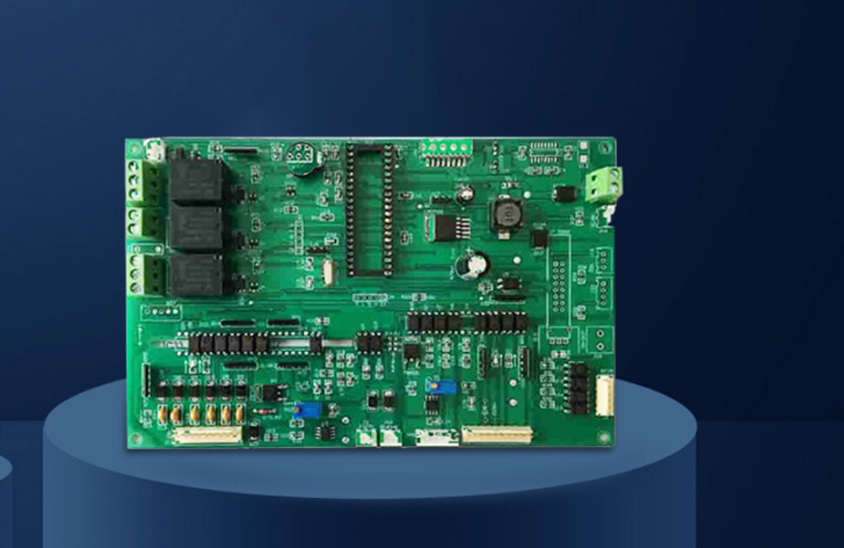-
-
About
-
Fabricate
-
Product
-
-
Investor
-
Talent Acq
-
Contact
How to choose an industrial motherboard
2025-03-19
38
Industrial motherboards play an indispensable role in modern industrial automation and control systems, and there are multiple classifications of industrial motherboards, such as: broadcast control boards, differential codec boards, industrial Android motherboards, industrial VGA display motherboards, etc., The high performance and stability of industrial motherboards help to improve the operation efficiency of the entire industrial system, reduce downtime caused by equipment failure, and thus improve production efficiency and product quality. Determine which specific scenarios the industrial motherboard will be applied to, such as industrial automation, machine vision, face recognition, medical, self-service terminals, finance, etc. Different application scenarios have different requirements for the performance, interface, and size of the motherboard. Therefore, the choice of industrial motherboard is also very important, and many aspects should be examined.

Consider environmental adaptability:
The first step is to evaluate the working environment that the industrial motherboard will face, including temperature, humidity, vibration, electromagnetic interference and other factors. Choose a motherboard with good environmental adaptability to ensure that it can still operate stably in harsh environments.
Choose the right CPU:
Consider factors such as CPU frequency, CPI (cycles per instruction), instruction set, and whether advanced features such as multi-threading and multi-core are supported. Choose the right CPU for your application to improve the overall performance of your motherboard.
Check the chipset and scalability:
The chipset determines the positioning and most of the features of the motherboard. Choose CPU-compatible and feature-rich chipsets to meet the needs of industrial applications. AT THE SAME TIME, SELECT THE APPROPRIATE NUMBER AND TYPE OF EXPANSION SLOTS (SUCH AS PCI, PCIE, ETC.) FOR THE EXTERNAL DEVICES TO BE CONNECTED.
Interface & Connectivity:
Check whether the motherboard provides enough USB, SATA, HDMI, and other ports to meet data transfer and display needs. High-end motherboards may also provide additional network interfaces, serial ports, parallel ports, etc., to meet the needs of specific applications.
Focus on PCB quality and power circuitry:
Observe whether the color and gloss of the PCB board are consistent, and whether the number of layers is sufficient (generally the number of layers of high-end motherboards is 6-10 layers). Check whether the PCB board is flat and free of burrs, whether the identification text is clear, and whether the solder joints are clean. At the same time, choose a power supply circuit with stable power output, wide operating temperature range, and low ripple interference.
Thermal Performance & Brand Services:
Evaluate whether the thermal design of the motherboard is reasonable, including the material, size, and layout of components such as heatsinks and heatsinks. Choose a motherboard with good thermal performance to ensure that it will maintain a stable temperature over long periods of operation. In addition, choosing a motherboard from a well-known brand usually has better product quality and after-sales service.